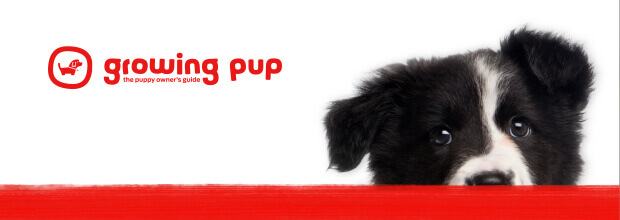History and Origins
Country of Origin: England
Originally bred from a combination of local terriers, with an outcross to both Whippets and Dandie Dinmonts, workers in the Rothbury area of Northumberland developed the Bedlington Terrier in the 18th century. A little like a wolf in sheep’s clothing, the gentle appearance of the Bedlington Terrier was rather at odds with their tough working natures, and they developed a reputation as a killer of vermin, a poacher's sidekick and a fighter.
They entered the show ring in 1870 and since then their appearance and their natures have changed to give us the dog we have today.









